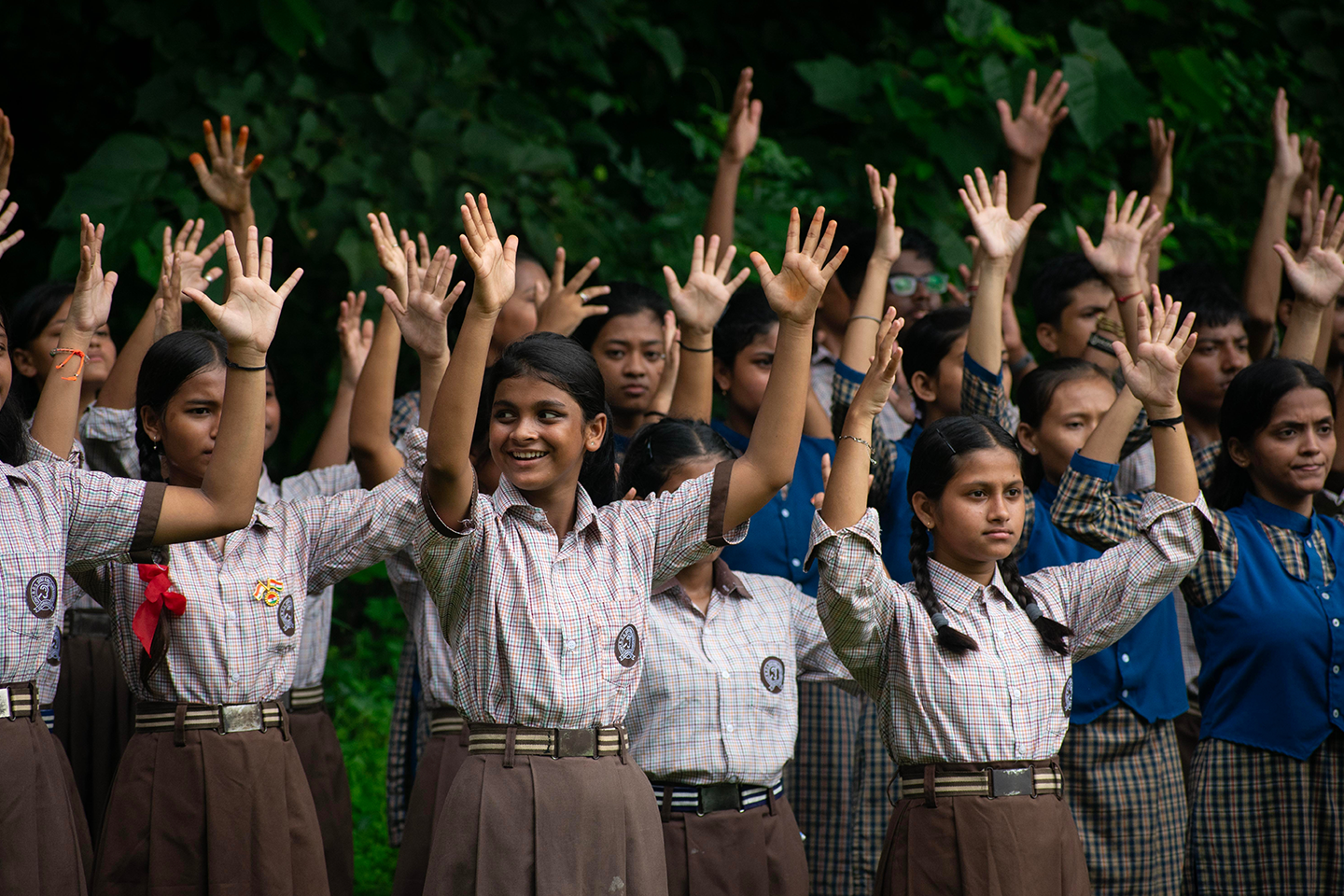The Imperative to Adopt Government Schools in India
In India, education is often regarded as the cornerstone of social and economic development, yet the persistent disparities in educational opportunities continue to hinder the nation's progress. While strides have been made in expanding access to schooling, the quality of education remains a pressing concern, particularly in government schools. This article underscores the urgent need to adopt government schools in India as a critical step towards addressing educational inequality and fostering inclusive growth.
Challenges in Government Schools :
1. Infrastructure Deficits: Many government schools grapple with inadequate infrastructure, including poorly maintained buildings, insufficient classrooms, lack of sanitation facilities, and inadequate access to clean water and electricity. These deficiencies create an unfavorable learning environment that hampers students' academic progress and overall well-being.
2. Quality of Education: Despite commendable efforts by educators, the quality of education in government schools often falls short of desired standards. Factors such as outdated teaching methods, limited resources, overcrowded classrooms, and teacher absenteeism contribute to low learning outcomes and high dropout rates among students.
3.Digital Divide: In an increasingly digitalized world, government schools face the challenge of bridging the digital divide. Many lack access to technology-enabled learning tools, internet connectivity, and digital resources, depriving students of opportunities to acquire 21st-century skills essential for their future success.
4.Teacher Shortages and Training: Government schools frequently grapple with teacher shortages and a lack of qualified educators, particularly in rural and remote areas. Moreover, existing teachers often lack access to adequate professional development opportunities and training programs to enhance their pedagogical skills and keep pace with evolving educational trends.
The Case for Adopting Government Schools:
1.Equitable Access to Quality Education: Adopting government schools entails channeling resources, expertise, and innovative solutions to uplift underprivileged educational institutions. By addressing infrastructure deficits, improving teaching standards, and leveraging technology, adopted schools can offer students an environment conducive to learning and holistic development.
2.Empowering Marginalized Communities: Government schools predominantly cater to students from economically disadvantaged and marginalized communities. By prioritizing the adoption of these schools, policymakers and stakeholders can empower vulnerable populations and break the cycle of intergenerational poverty through access to quality education and equal opportunities.
3.Promoting Social Inclusion: Education serves as a powerful tool for social inclusion and empowerment. By investing in government schools, society can foster greater inclusivity, bridge socio-economic divides, and create pathways for marginalized groups, including girls, minorities, and children with disabilities, to realize their full potential and contribute meaningfully to society.
4:Fulfilling Constitutional Mandates: The Indian Constitution recognizes education as a fundamental right and a directive principle of state policy. By adopting government schools, policymakers uphold their constitutional obligations to provide free, compulsory, and quality education to all children, irrespective of their socio-economic background or geographical location.
Strategies for An Effective Adoption:
1.Public-Private Partnerships (PPPs): Foster collaboration between government agencies, private sector entities, civil society organizations, and local communities to pool resources, expertise, and best practices for the sustainable development of adopted schools.
2.Capacity Building and Teacher Training: Prioritize professional development programs, mentorship initiatives, and teacher training workshops to enhance the competencies of educators, promote innovative pedagogical approaches, and improve learning outcomes in adopted schools.
3.Technology Integration: Leverage digital technologies, e-learning platforms, and interactive teaching tools to enhance the quality of instruction, facilitate personalized learning experiences, and bridge the digital divide in government schools.
4:Community Engagement and Empowerment: Foster active participation and ownership among parents, community leaders, and local stakeholders in the governance, decision-making, and monitoring processes of adopted schools, ensuring accountability, transparency, and sustainability.
The need to adopt government schools in India transcends mere educational reform; it embodies a collective commitment to social justice, equity, and nation-building. By investing in the transformation of government schools, India can unlock the potential of millions of children, nurture future leaders, and build a more inclusive and prosperous society. As we embark on this journey towards educational excellence, let us reaffirm our resolve to leave no child behind and create a brighter future for generations to come.
About Martin Foundation
We all want India to become a better place. But what we don’t realize is that our nation won’t get better by itself. Our duty as a responsible Indian citizen is to set big goals and hold ourselves accountable for each step of ours, towards reaching that way! We at Martin Enterprises, work in harmony with our vision to reduce poverty, injustice, etc., and assist the people in breaking this cycle and help them emerge out of it. Martin Karnataka strives to strengthen democratic values and advance human achievements. Martin Lottery believes in investing in transformative ideas, individuals, and institutions. We uphold the inherent dignity of all people irrespective of their caste, creed, race, etc. But around India, nearly half of the population is excluded from the political, economic, and social institutions that shape their lives.
